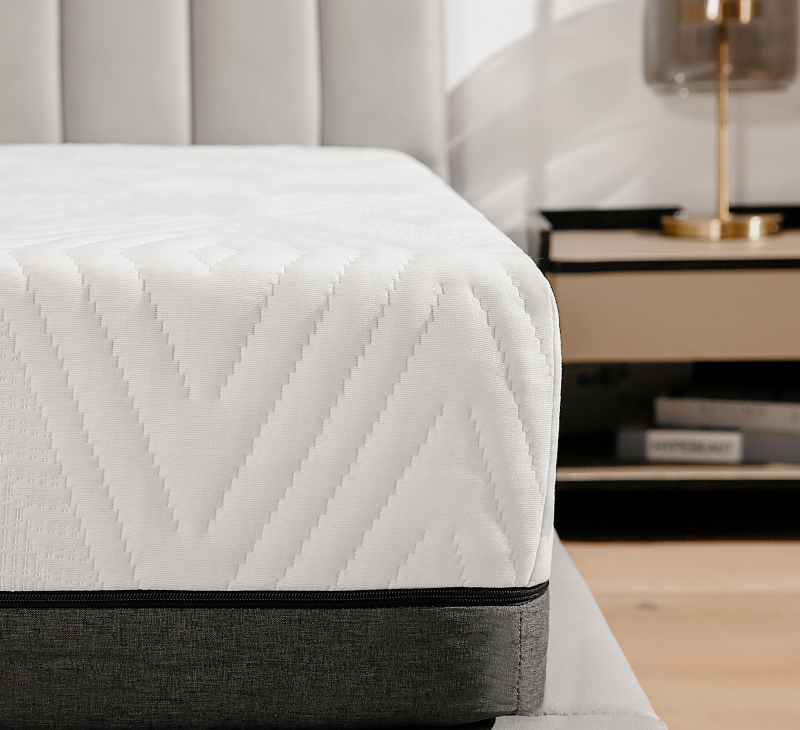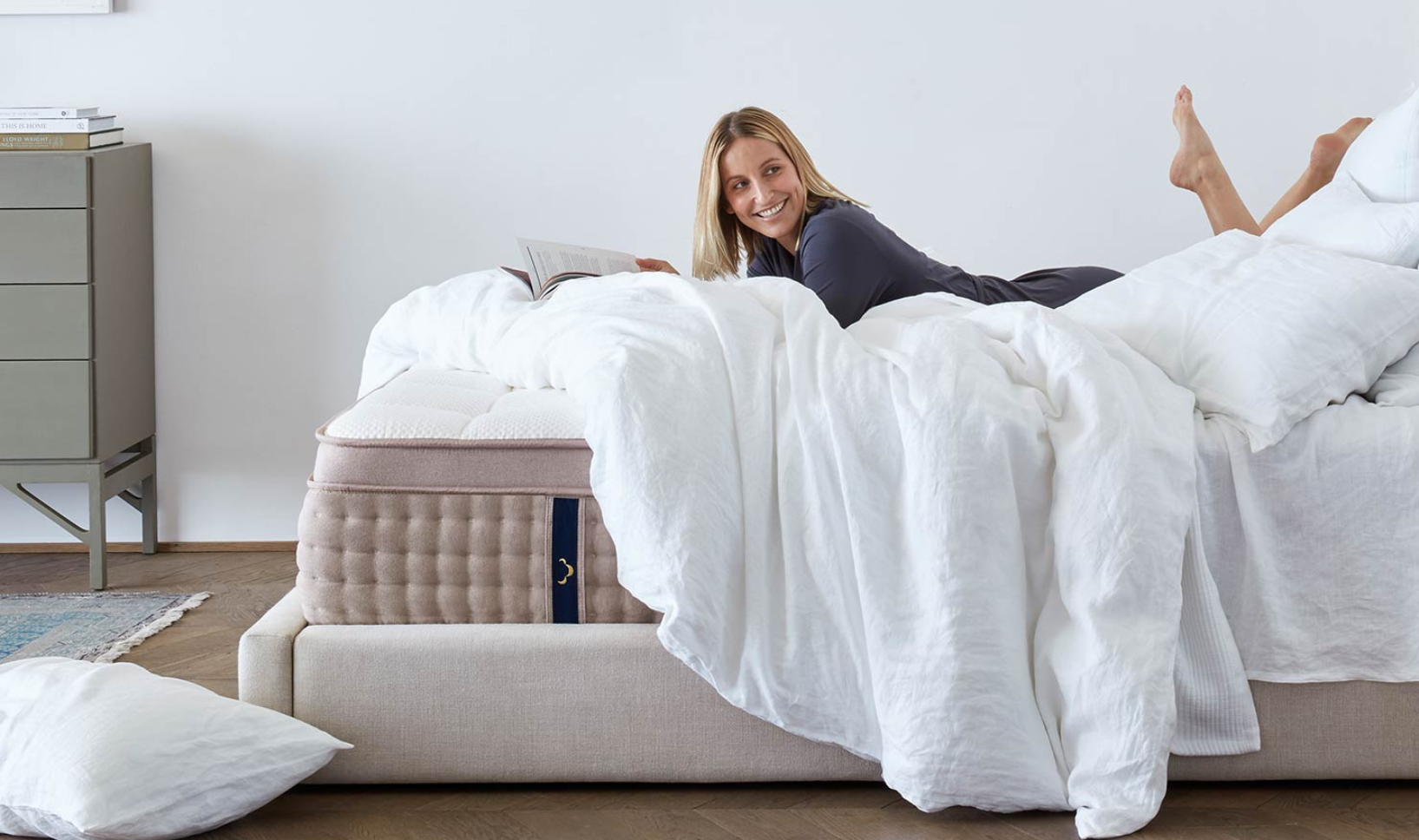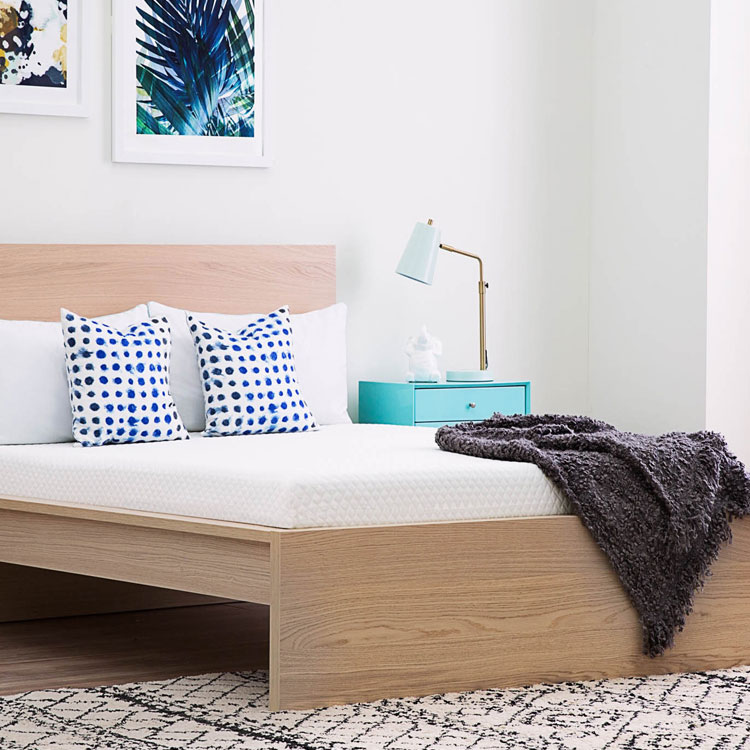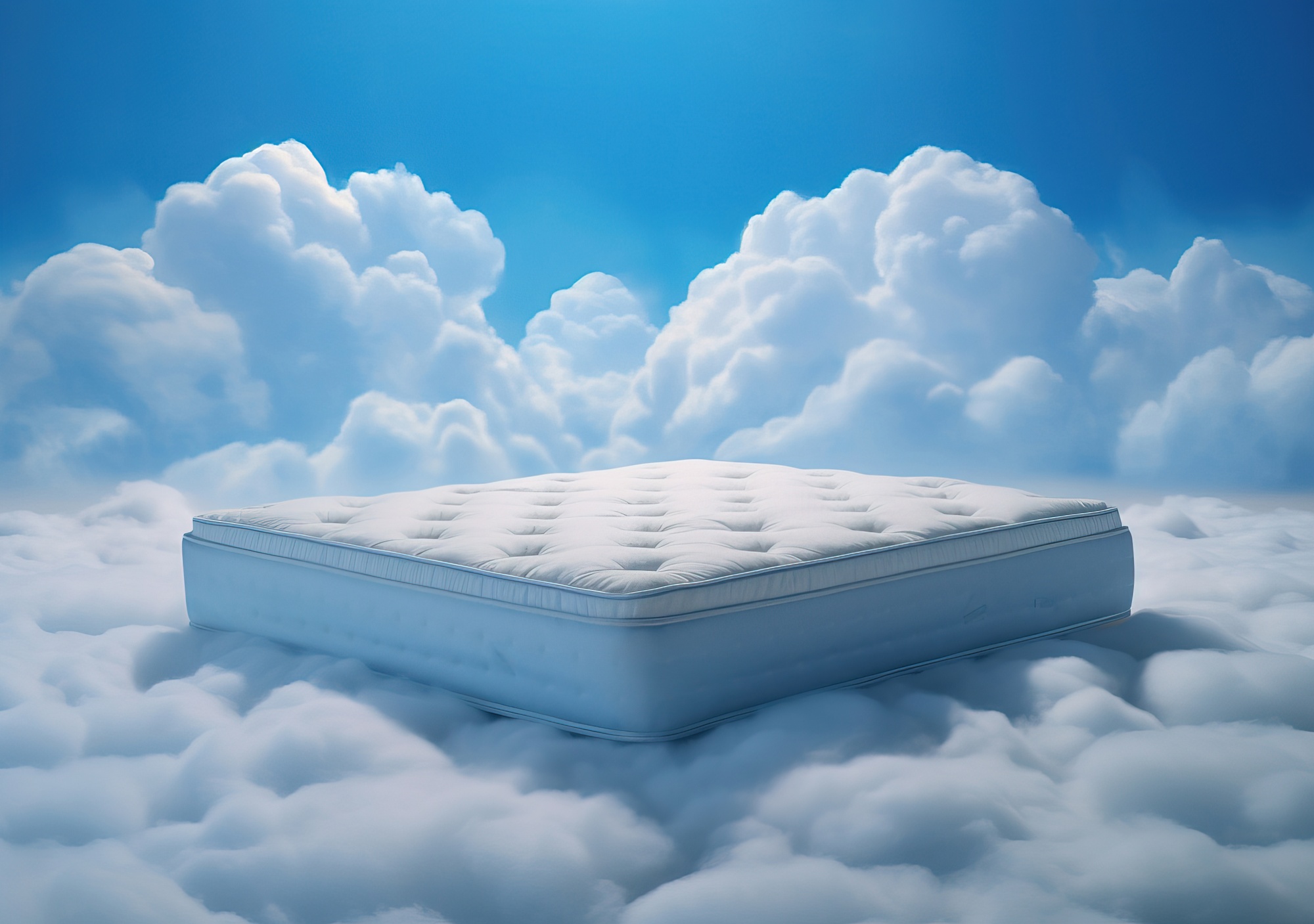
Different Types of Mattresses: A Comprehensive Guide
Explore the different types of mattresses in detail, highlight the pros and cons of each, and help you figure out which one is right for your need.
A restful night is the foundation of a productive and healthy day. However, for millions of people worldwide, falling asleep and waking up refreshed is a struggle. Surprisingly, the culprit is often overlooked — your mattress.
The types of mattresses you choose can have a significant impact on the quality of your sleep, your overall health, and even your mood. Since the mattress market is filled with a variety of options, understanding the different types of mattresses available can help you make a smart, informed decision.
This in-depth guide covers everything you need to know about mattresses: the types, their construction, who they’re best for, and how to pick the perfect one for your unique needs. Whether you’re replacing an old mattress or buying one for the first time, read on to find your match.

Why the Right Mattress Matters
We spend about one-third of our lives sleeping, which is why your mattress is arguably one of the most important pieces of furniture in your home. Yet, most people keep theirs long past its prime or select one that doesn’t suit their sleep style.
An unsuitable mattress can cause:
- Chronic back, shoulder, and neck pain
- Poor spinal alignment
- Restless tossing and turning
- Sleep deprivation and fatigue
On the other hand, a mattress that matches your body and preferences can:
✅ Alleviate pressure points
✅ Improve circulation
✅ Support healthy posture
✅ Promote deeper, restorative sleep
That’s why it’s crucial to understand the different types of mattresses before making a purchase.
Factors to Consider Before Choosing a Mattress
Not all mattresses are created equal, and neither are all sleepers. Here are some personal factors to consider when narrowing down your options:
1. Sleep Position
Side sleepers often benefit from softer surfaces that cushion shoulders and hips.
Back sleepers usually prefer medium-firm to firm mattresses for lumbar support.
Stomach sleepers need a firm mattress to prevent spinal misalignment.
2. Body Weight
Heavier individuals (over 230 lbs) may need firmer, more durable mattresses.
Lighter sleepers can often sleep comfortably on softer models.
3. Temperature Sensitivity
Do you sleep hot? Look for materials with breathability and cooling features.
Do you get cold easily? Memory foam and plush options retain warmth.
4. Motion Sensitivity
Couples may want a mattress with good motion isolation to minimize disturbances.
5. Budget
Innerspring and some foam models are budget-friendly.
Hybrid and latex models are more of an investment, but often last longer.
Once you’ve evaluated these factors, you’re ready to explore the different types of mattresses available on the market today.

The Different Types of Mattresses Explained
Let’s explore the most popular types of mattresses, their construction, benefits, and potential drawbacks.
1. Innerspring Mattresses
Construction
Innerspring mattresses are constructed with a network of steel coils (springs) that provide the support layer. On top of the coils are layers of foam, fabric, or fiber padding that add comfort.
Advantages
✅ Affordable and widely available
✅ Firm support with good responsiveness
✅ Better airflow and cooler sleep compared to foam
Drawbacks
❌ Shorter lifespan due to sagging springs
❌ Motion transfer can disturb couples
❌ Potential for uneven support over time
Best For
Budget-conscious shoppers
Back and stomach sleepers who need firm support
Hot sleepers who prefer a breathable surface
2. Memory Foam Mattresses
Construction
Memory foam mattresses use layers of viscoelastic foam, which contours to your body’s shape under heat and pressure. Some models include cooling gel infusions to reduce heat retention.
Advantages
✅ Excellent pressure point relief and body contouring
✅ Great for spinal alignment
✅ Outstanding motion isolation — ideal for couples
Drawbacks
❌ Can trap heat and feel warm
❌ Less responsive or “bouncy” than spring or latex
❌ Initial off-gassing odor after unpacking
Best For
Side sleepers needing cushioning for shoulders and hips
Couples who value minimal motion transfer
Those with chronic pain needing pressure relief
3. Latex Mattresses
Construction
Latex mattresses are made from natural or synthetic rubber. They may use either Dunlop or Talalay latex, offering different feels and firmness levels.
Advantages
✅ Durable — often lasting over a decade
✅ Naturally hypoallergenic and resistant to dust mites and mold
✅ Responsive and supportive, with some bounce
✅ Cooler than memory foam
Drawbacks
❌ Heavier and harder to move
❌ Can be expensive
❌ Firmer feel may not suit everyone
Best For
Eco-conscious shoppers who prefer natural materials
People who want a responsive but supportive surface
Sleepers who need durability and long-term value
4. Hybrid Mattresses
Construction
Hybrids combine the coil support system of innerspring mattresses with layers of memory foam, latex, or gel foam. This fusion creates a balance of support, comfort, and cooling.
Advantages
✅ Best of both worlds — support and pressure relief
✅ Good airflow thanks to the coils
✅ Suitable for many sleeping positions
Drawbacks
❌ Typically more expensive than innerspring alone
❌ Heavy and hard to move
❌ Quality can vary greatly between brands
Best For
Couples with different preferences
Combination sleepers who switch positions
Those seeking a balance of firmness and comfort
5. Airbed Mattresses
Construction
Airbeds use inflatable chambers as the support core. The firmness can be adjusted by adding or releasing air. High-end models allow each side to have different firmness levels.
Advantages
✅ Fully customizable firmness
✅ Excellent for couples with differing needs
✅ Long-lasting if properly maintained
Drawbacks
❌ Expensive
❌ Requires regular maintenance of air pump and valves
❌ Potential for mechanical failure over time
Best For
People with back pain needing adjustable support
Couples who prefer different firmness settings
Sleepers who like to change firmness occasionally
6. Pillow-Top Mattresses
Construction
Pillow-top mattresses have an extra layer of soft padding sewn into the top of the mattress. The core underneath can be innerspring, hybrid, or even foam.
Advantages
✅ Luxurious, plush feel
✅ Reduces pressure points
✅ Works well for side sleepers
Drawbacks
❌ The pillow-top may compress over time
❌ Adds to the cost of the mattress
❌ Not as durable as other types
Best For
Side sleepers who need softness
People who enjoy a plush, hotel-like feel
Lighter-weight sleepers
7. Adjustable Bed-Compatible Mattresses
Construction
Some mattresses are designed specifically for adjustable bases, which can raise and lower the head and foot. Materials like memory foam, latex, and hybrids usually work best.
Advantages
✅ Helpful for people with snoring, acid reflux, or mobility issues
✅ Can improve comfort for reading or watching TV in bed
✅ Many firmness options
Drawbacks
❌ Expensive setup
❌ Not all mattresses are compatible
Best For
People with medical conditions
Seniors or those with limited mobility
Anyone who likes the flexibility of an adjustable bed
Comparing Different Types of Mattresses: Quick Reference Table
|
Mattress Type |
Key Benefits |
Potential Drawbacks |
Best For |
|
Innerspring |
Affordable, firm, cool |
Short lifespan, motion transfer |
Budget, hot sleepers |
|
Memory Foam |
Contouring, pressure relief |
Can sleep hot, slow bounce |
Side sleepers, pain relief |
|
Latex |
Eco-friendly, durable, responsive |
Heavy, costly |
Eco-conscious, longevity |
|
Hybrid |
Balanced support & comfort |
Heavy, expensive |
Couples, mixed sleepers |
|
Airbed |
Adjustable firmness |
Maintenance, costly |
Couples, adjustability |
|
Pillow-Top |
Plush, luxurious feel |
Compresses over time |
Side sleepers |
|
Adjustable-Compatible |
Flexible, medical-friendly |
Pricey, needs base |
Seniors, medical needs |

Tips to Choose the Best Mattress
Still unsure? Follow these actionable steps to make a confident choice:
✅ Test it in-store or ensure there’s a trial period. Many companies offer 90–365 day trials.
✅ Check the warranty. Look for at least 10 years of coverage.
✅ Read reviews. Look at real customer feedback, especially for longevity.
✅ Consider your bedroom conditions. Small spaces may benefit from lighter options.
✅ Don’t forget the foundation. Some mattresses require a solid base or box spring.
Conclusion
The right mattress is more than a piece of furniture — it’s the foundation of your health, productivity, and happiness. Take the time to understand the different types of mattresses and consider your specific needs to make the best choice.
Whether you opt for a traditional innerspring, a plush memory foam, a sustainable latex, or a versatile hybrid, you’re making an investment in yourself. Sleep better. Live better.
If you’re looking for thoughtfully designed mattresses that blend comfort, quality, and innovation, consider exploring brands like CPSSLEEP, which continues to develop options tailored to modern sleep needs.
For a free consultation or sample, contact us at [email protected]. Learn more at www.cpssleep.com.
contact us
Your email address will not be published. Required fields are marked















